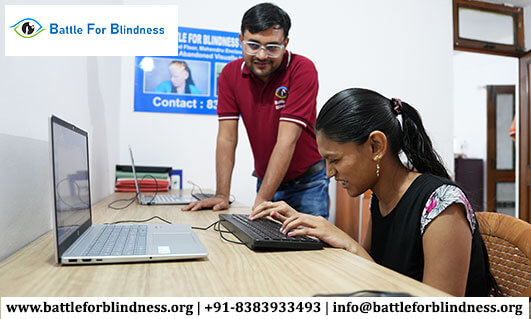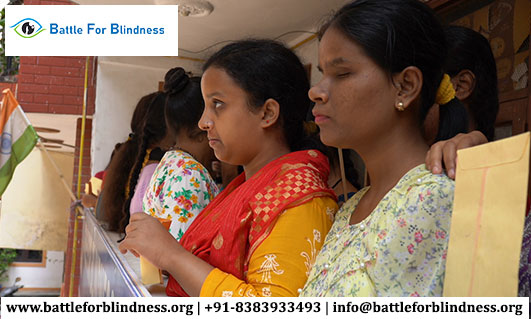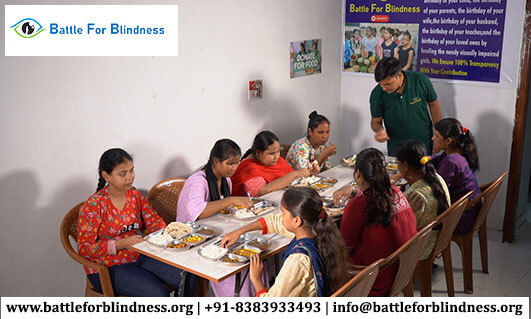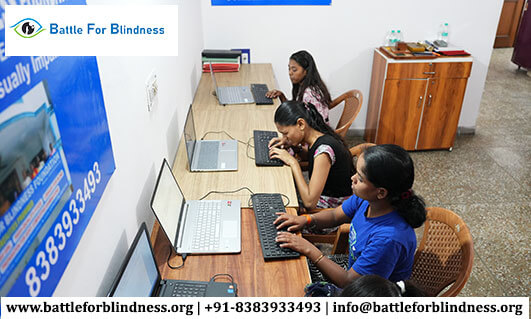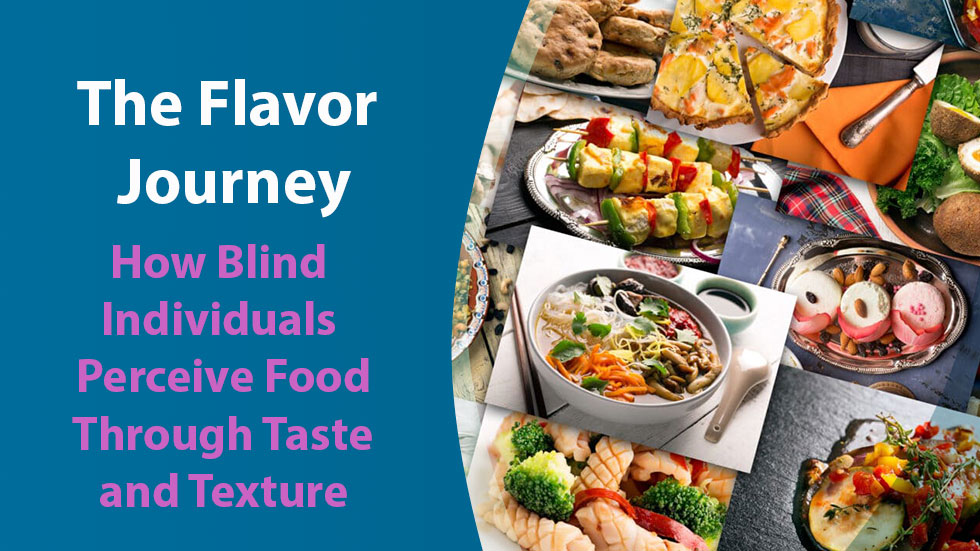
Food is a sensory experience that engages our senses of taste, smell, sight, and touch. For blind individuals, the absence of sight can significantly alter how they perceive and enjoy food. This blog explores the unique ways blind individuals experience taste and texture, highlighting their sensory adaptations and strategies for savoring meals.
1. Heightened Sense of Taste
Without visual cues, many blind individuals develop a heightened sense of taste:
- Enhanced Flavor Perception: Research suggests that blind individuals may have a more refined ability to distinguish flavors. This is due to the brain’s adaptation, which reallocates processing resources to enhance taste perception.
- Focus on Ingredients: Blind individuals often rely more on their sense of taste to evaluate the quality and freshness of ingredients. They may appreciate subtler flavors that sighted individuals might overlook.
2. Importance of Aroma
The sense of smell plays a crucial role in how blind individuals experience food:
- Aromas as Indicators: Scents can inform blind individuals about the type of food being prepared or served. For instance, the aroma of fresh herbs can signal the presence of flavorful dishes, enhancing anticipation and enjoyment.
- Food Pairing: Smells can influence food pairings. For example, the scent of caramelized onions can enhance the taste of a dish, creating a richer sensory experience.
3. Textural Awareness
Texture is a vital aspect of how food is experienced:
- Identifying Food by Texture: Blind individuals often rely on touch and texture to identify different foods. This includes recognizing the crunch of raw vegetables, the creaminess of yogurt, or the firmness of cooked pasta.
- Variety of Textures: A diverse range of textures can enhance the enjoyment of meals. Combining crunchy, creamy, and chewy elements can create a more satisfying dining experience.
4. Culinary Techniques to Enhance Experience
There are several techniques that blind individuals can use to enhance their food experience:
- Mindful Eating: Practicing mindfulness during meals allows individuals to focus on flavors and textures without distractions. This enhances the overall enjoyment of food.
- Experimenting with Seasoning: Using various herbs and spices can transform a dish. Blind individuals may explore new flavor combinations, expanding their culinary palate.
5. Social Aspects of Dining
Dining is often a social experience, and blind individuals can navigate this in unique ways:
- Engaging Conversations: Sharing meals with others allows blind individuals to engage in conversations about flavors and textures, creating a communal experience that enhances enjoyment.
- Group Cooking Activities: Cooking with friends or family can create opportunities for blind individuals to share their culinary skills and preferences, fostering connections through food.
6. The Role of Assistive Technology
Technology can also enhance the culinary experience for blind individuals:
- Smart Cooking Devices: Voice-activated devices and cooking apps can provide guidance and measurements, allowing for more confident cooking experiences.
- Visual Assistance Tools: Tools like color recognition apps can help identify food items and aid in meal preparation, expanding the options available for cooking.
Conclusion
Blind individuals experience food in multifaceted ways, relying on their heightened senses of taste, smell, and touch to enjoy meals. By embracing their unique sensory perceptions, experimenting with flavors and textures, and leveraging technology, they can create rich and fulfilling culinary experiences. Food is not only about sustenance but also about connection, joy, and exploration. For blind individuals, every meal is an opportunity to savor the world through taste and texture.
